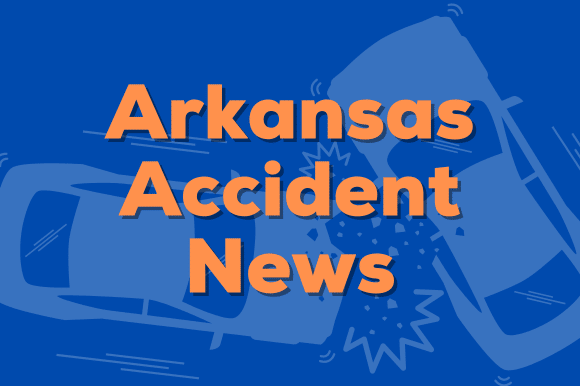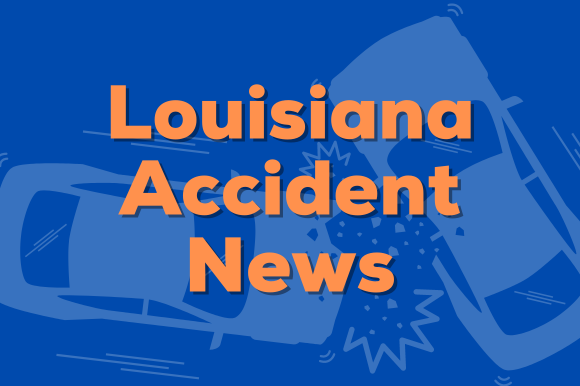
When the COVID-19 pandemic hit five years ago, the state forced countless businesses to shut down and told millions of California workers to stay home.
The abrupt interference with normalcy had many financial, social and political impacts. One was to slash ridership and fare revenues of public transit systems, particularly in the transit-dependent San Francisco Bay Area.
The 27 Bay Area transit systems received $4.5 billion in federal funds, $5.1 billion in a one-time state appropriation and some ongoing state aid to cope with pandemic impacts. However, they say they are still hurting, with accumulated operating losses of several hundred million dollars since 2020, and they will face what they call a “fiscal cliff” in 2026 that would spark service reductions.
A strenuous campaign has been mounted to get more state aid and persuade Bay Area voters to pay more taxes. If anything, however, state support may be decreasing.
The California Transit Association, in a letter to legislative leaders, asked for $1.1 billion in one-time funds and an additional $1.6 billion a year in continuous funding.
However, Gov. Gavin Newsom’s revised state budget cuts transit support from the state’s “cap-and-trade” program of auctioning off greenhouse gas emission permits.
Newsom’s omission angered transit supporters and they persuaded legislative leaders, in their version of the budget, to maintain transit’s $1.1 billion in annual cap-and-trade money and include a $750 million loan to Bay Area transit systems.
As Newsom and legislative leaders negotiate a more-or-less final version of the budget over the next few weeks, their huge differences on transit financing will be one of the key issues.
Meanwhile, Bay Area legislators and civic groups are sponsoring legislation that would allow transit systems to seek higher taxes.
The state Senate has passed Senate Bill 63, which would authorize a regional sales tax, at least a half percent and possibly a full percent, to be placed on the 2026 ballot.
If the legislation wins final approval and voters pass the sales tax, it would generate about $500 million a year for the Bay Area systems, according to a Senate analysis of the measure. Sen. Scott Wiener, a San Francisco Democrat and the lead author of the bill, describes it as “a much-needed ray of hope.”
However, the sales tax bill has its critics because the region’s transit systems, particularly Bay Area Regional Transit, often appear to be controlled by their unions.
David Crane, who heads Govern for California and describes himself as “a proud Clipper Card carrier who rides BART and SF Muni,” fired off a sharp critique of BART to legislators, citing its much-expanded workforce, from 3,985 employees in 2019 to 4,292 in 2024, even as ridership declined.
“Between 2019 and 2024, BART’s boardings fell 57 percent yet staffing grew and annual payments to employees rose an astounding 32 percent,” Crane wrote. “That’s a big problem because payments to employees now amount to $171,000 per employee, up from $140,000 in 2019, and constitute 54 percent of BART’s net operating expenses.
”Employee productivity at BART is poor and moving in the wrong direction. Before you ask taxpayers for more money for transit agencies, you must require transit agencies to dramatically improve employee productivity. I know that frightens you because of the political power of public employee unions but public transit is a public good that must be run for the benefit of the public. If you stand tall and together, you can prevail.”
Crane’s critique didn’t prevent the Senate from passing SB 63 by a 28-10 vote, but it raises some valid issues about productivity that could be applied to many public services and could affect a transit sales tax election next year.
This post was originally authored and published by Dan Walters from Cal Matters via RSS Feed. Join today to get your news feed on Nationwide Report®.






















